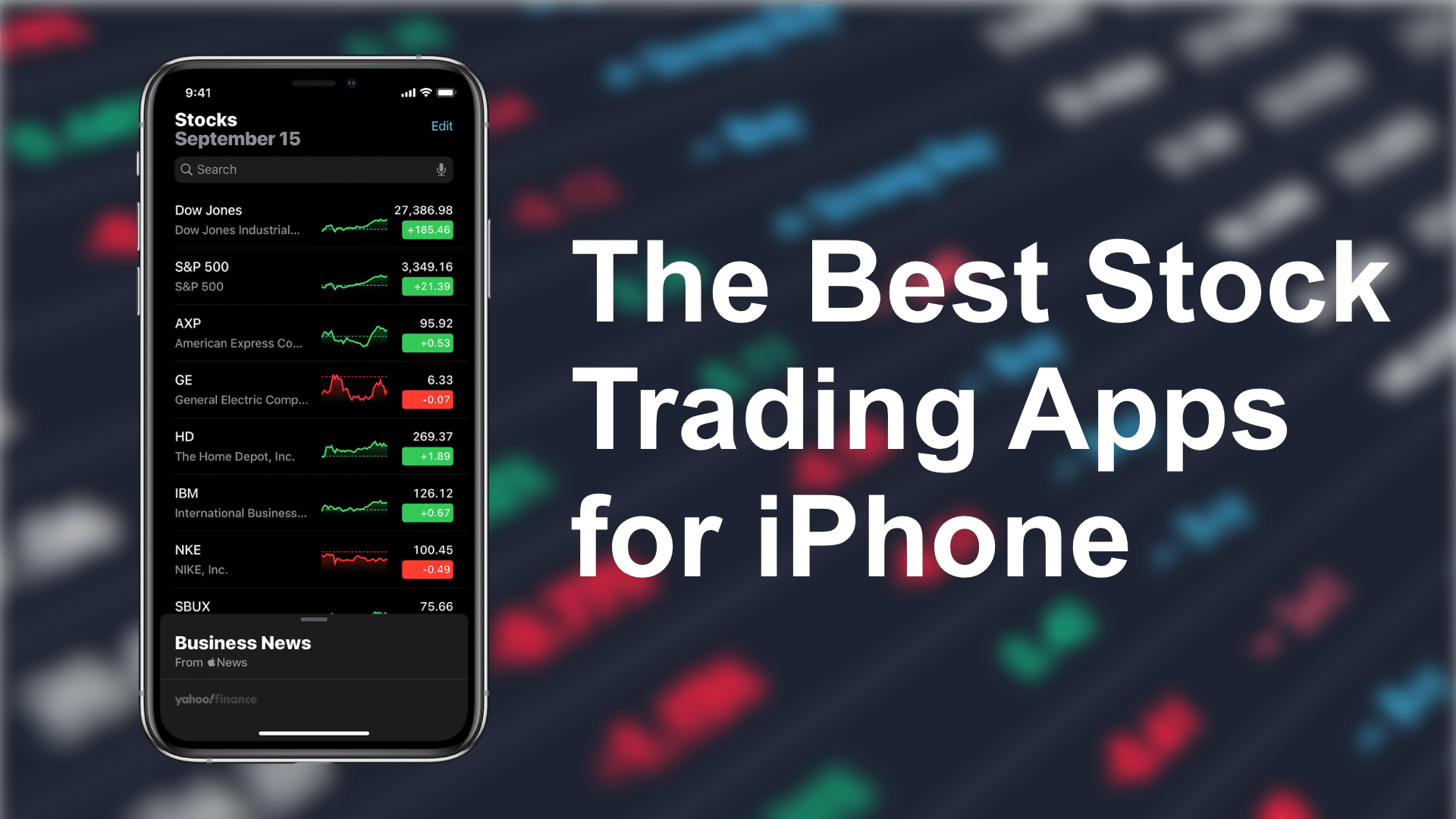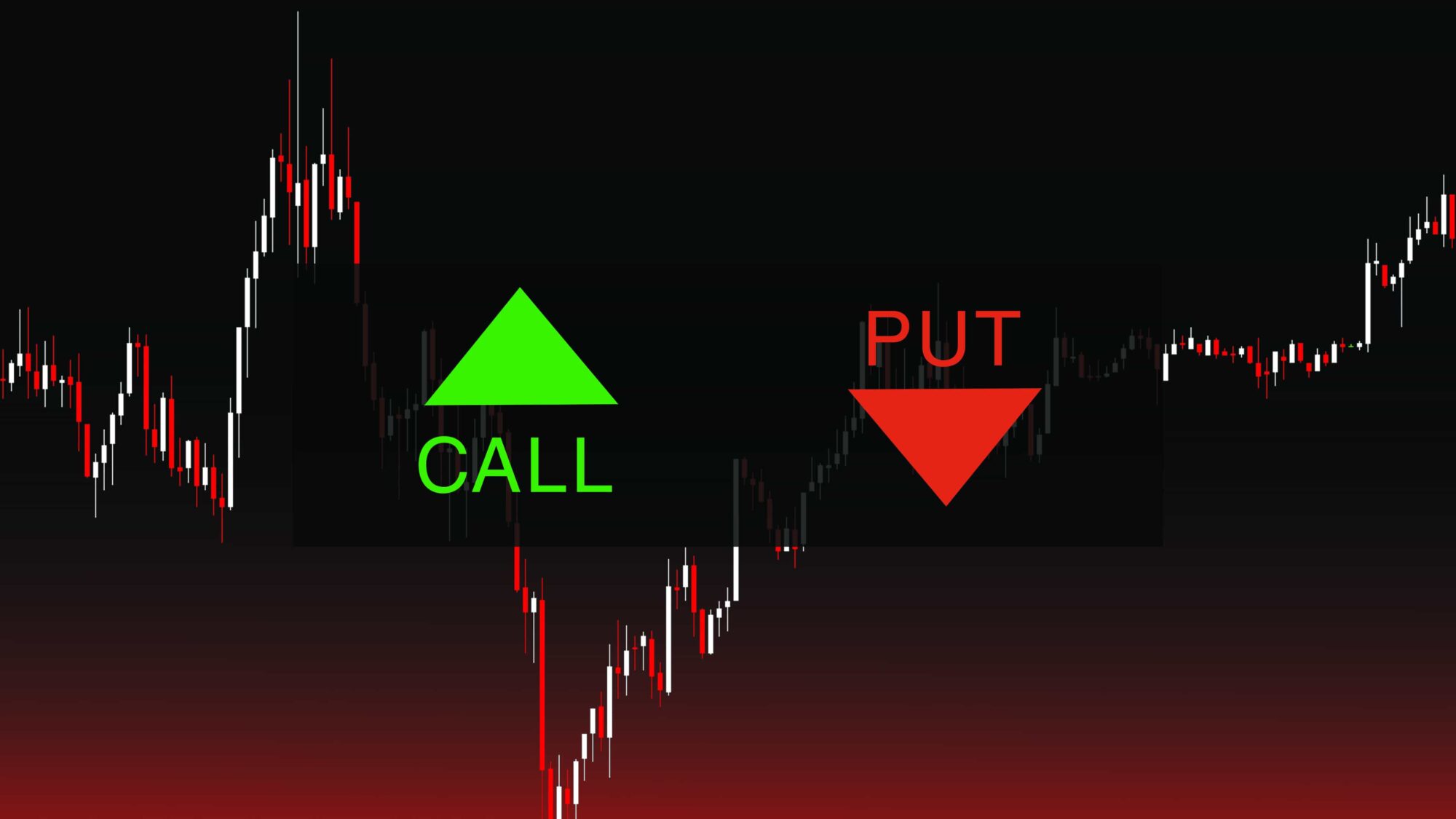Have you ever felt the thrill of watching your stock portfolio soar, its value climbing higher than a mountain peak? Or perhaps you’ve experienced the gut-wrenching feeling of watching your investments plummet, leaving you feeling like you’ve lost your footing on a precarious cliff edge? It’s the dance of risk and reward that makes the world of stocks so alluring and, at times, agonizing. But what if there was a way to amplify those emotions, to potentially reap extraordinary gains or cushion against potential losses? Welcome to the exciting world of options trading, where the ability to leverage your investment potential is both a powerful tool and a double-edged sword.

Image: ijunkie.com
Today, we set out on a journey to explore the elusive “best stock for options trading.” This isn’t about finding a magical formula, but rather a deeper understanding of the factors that can make a stock particularly suitable for options trading. We’ll delve into the concepts of volatility, liquidity, and the strategic insights that can help you navigate the complex terrain of options.
Understanding the Language of Options
Before embarking on our quest, let’s define our terms. Options are contracts that give you the right, but not the obligation, to buy or sell an underlying asset (like a stock) at a specific price (the strike price) on or before a certain date (the expiration date).
There are two main types of options:
- Calls: A call option grants you the right to buy the underlying asset at the strike price. Think of it as a bet that the stock price will rise.
- Puts: A put option grants you the right to sell the underlying asset at the strike price. You’re essentially betting that the stock price will decline.
Options trading can be quite complex, but it offers the potential for substantial gains (and losses). That’s why understanding the fundamentals is crucial.
The Search for a Winning Stock
So, how do we identify the perfect stock for options trading? It’s not about finding a single “holy grail” stock, but rather focusing on key characteristics that make a stock more attractive for options strategies. Here are some factors to consider:
1. Volatility: Think of volatility as the stock’s propensity for big moves, either up or down. Higher volatility often translates into bigger potential gains (and losses) for options traders. Stocks in sectors susceptible to rapid price swings, like technology or energy, tend to exhibit higher volatility.
2. Liquidity: Liquidity refers to the ease with which a stock can be bought or sold. High liquidity means there’s a deep pool of buyers and sellers, ensuring you can enter and exit positions quickly. Stocks with high trading volume and large market capitalizations generally offer better liquidity.
3. Implied Volatility: Implied volatility is a measure of what the market expects the stock’s volatility to be in the future. If implied volatility is high, options prices will be higher, reflecting the greater uncertainty surrounding the stock’s future movement.
4. Earnings Season: Earnings season can be a period of heightened volatility for many stocks. Companies release their financial reports, which can lead to significant price jumps or dips. This can present opportunities for options traders to capitalize on anticipated earnings movements.
5. News and Events: News events and announcements can significantly impact a stock’s price, especially for companies in industries prone to sudden shifts in sentiment.
Strategies and Techniques
Now that we’ve touched on the key ingredients, let’s explore some practical strategies for options trading:
- Covered Calls: This strategy involves selling call options on a stock you already own. You’re essentially collecting premium while giving the buyer the right to purchase your shares.
- Cash Secured Puts: This involves selling put options and setting aside enough cash to cover the purchase of the underlying stock if the option is exercised.
- Straddles and Strangles: These involve buying options with a strike price close to the current stock price. They profit from increased volatility.
Remember: There are risks associated with options trading. Options can expire worthless, and losses can be substantial. It’s absolutely vital to educate yourself, practice sound risk management, and understand the complexities before diving into the world of options.

Image: www.asktraders.com
Expert Insights
Many experienced options traders emphasize the importance of a strong understanding of fundamental analysis. Knowing a company’s financial health, its competitive landscape, and its industry outlook can provide valuable insights into its potential for future growth or decline.
“Don’t chase returns,” advises seasoned options trader John Smith. “Focus on understanding the risk-reward profile of each trade and ensure it aligns with your overall investment goals.”
Best Stock For Options Trading
https://youtube.com/watch?v=o8gTYwV14ss
Final Thoughts
The search for the “best stock for options trading” is an ongoing journey, a quest for understanding the intricacies of market dynamics and the nuances of option strategies. The right stock for you will depend on your individual risk tolerance, financial goals, and understanding of the market.
Take your time, learn, practice, and remember that success in options trading requires patience, discipline, and a willingness to learn and adapt. The thrill of the trade awaits, but always approach it with a mindset rooted in responsible investment and a deep understanding of the potential risks.






